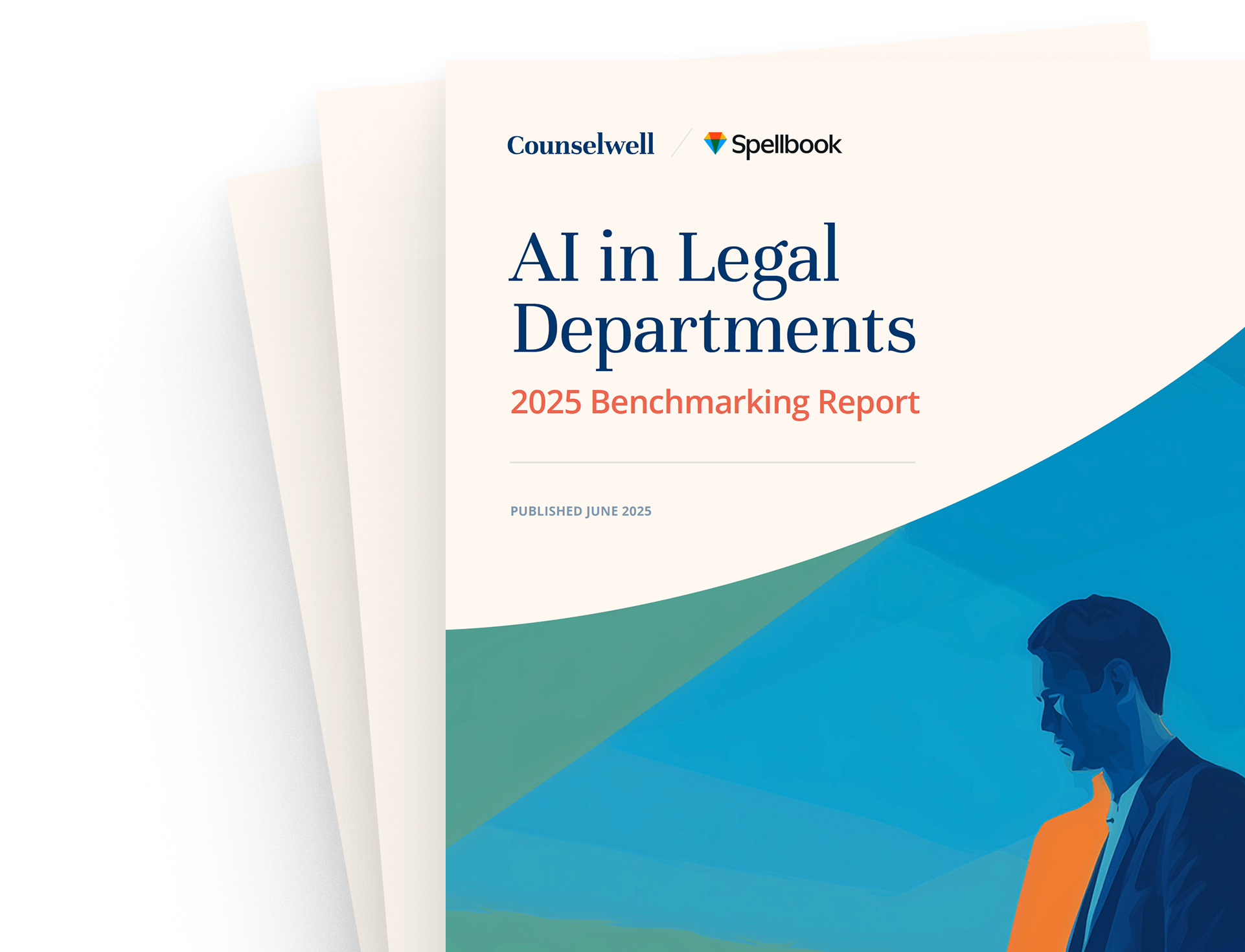
Can AI Bots Answer Contract Law Questions?

Explore AI bots' contracting capabilities in this post. Discover insights and optimize your understanding. Read more for enhanced AI knowledge.
One of the most common tasks a lawyer performs is reviewing a contract to answer two questions. First, what does the contract say? And second, what does it mean to a party’s unique situation when taking into consideration applicable law?
Historically, only a human could answer those questions accurately. But with the advancements of AI (Artificial Intelligence), Machine Learning, and other technology, computers are getting closer and closer to answering those questions accurately.
We will explore how this works in this post.
First, the Bot Must Understand the Contract & Laws
To begin, the bot will need the ability to read the contract and understand its contents. Moreover, it will need to be able to take into consideration all the potential laws and court opinions that might impact the interpretation of a contract. You may be surprised to learn that developers have already achieved these milestones to some degree. For example, Rally’s newest AI-powered tool Spellbook can digest an entire contract in Microsoft Word for purposes of allowing the tool to interact with users asking questions about the contract. Organizations can also control which datasets are used in understanding the context of a question. So, it’s not far-fetched that a company will soon create a dataset of current laws and feed them to the bot to help understand a question in the context of statutory requirements.
{{cta-surprise-red}}
Second, the Bot Must Understand the Question
After achieving the task above, the bot will need to be able to understand the queries submitted by the user (for example, “How can a party terminate this contract?”). To do this, the bot will need to have sophisticated natural language processing capabilities. And just like above, developers have achieved this element to some degree as well. For example, OpenAI’s ChatGPT uses OpenAI’s most current Large Language Model to allow the program to interpret a question submitted by a user with surprising accuracy.
Third, the Bot Must Provide a Clear Answer
Last, the bot must be able to provide a clear and concise answer to the question, in a format which a human can understand and use. And, once again, developers have achieved this to some degree. As mentioned above, Rally’s Spellbook can already do this. When you ask the bot a question about a contract in Microsoft Word, it can reply with plain-English answers in a way that mimics the answer a lawyer may provide. When I first saw this, I was totally blown away.
Other organizations are providing similar chatbot results. For example, I used OpenAI’s ChatGPT to help write this blog post. I asked it questions about chatbots, AI, Machine Learning, and the like to better understand the inner workings of these technologies and it provided me with fully formed sentences and paragraphs directly answering my questions. To be cautious, I double-checked the bot’s answers against other reliable sources, and it was at least 95% accurate, if not more.
Consider the Limitations
Now, to be clear, I said “to some degree” in my examples above because no one has perfected chatbots yet, at least not in the context of reviewing and answering questions about legal contracts. You have probably heard people proclaiming that AI is going to replace lawyers. But that’s unlikely. AI is powerful, but it still lacks the kind of judgment which is required to competently answer legal questions. With that said, I do believe that lawyers who use AI will have a competitive advantage over lawyers who do not use AI. It’s just one more tool a lawyer can use to help their clients.
Spellbook, a Bot You Should Consider
As mentioned above, one such AI-powered tool already helping lawyers is Rally’s Spellbook. I’ve used Spellbook to draft contract language, find unusual terms in contracts and more.
If you’d like to get your hands on these powerful tools, you can sign up for Spellbook’s waitlist to experience Spellbook yourself.
Thank you for your interest! Our team will reach out to further understand your use case.





.png)
.png)
